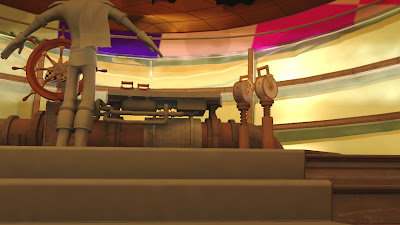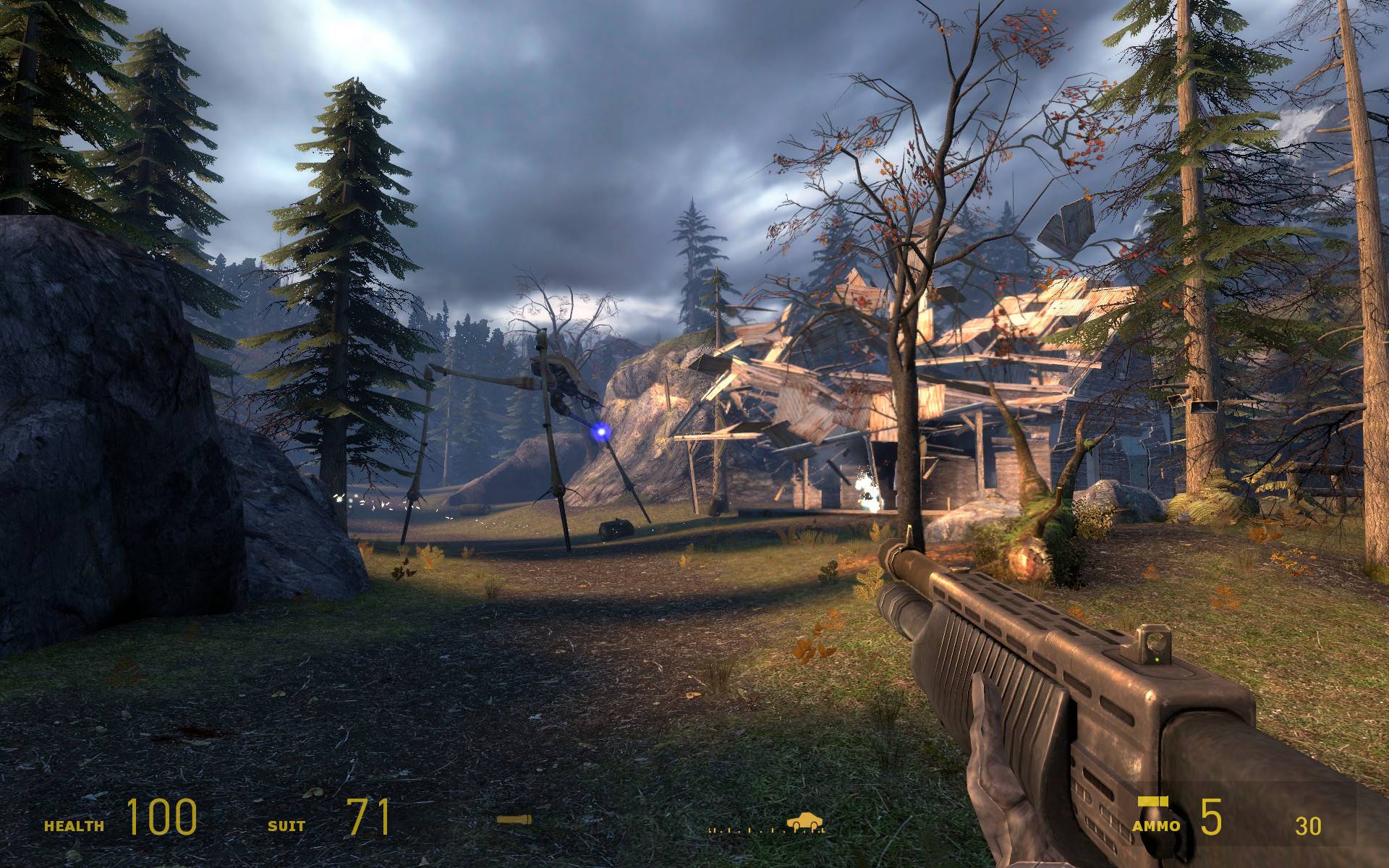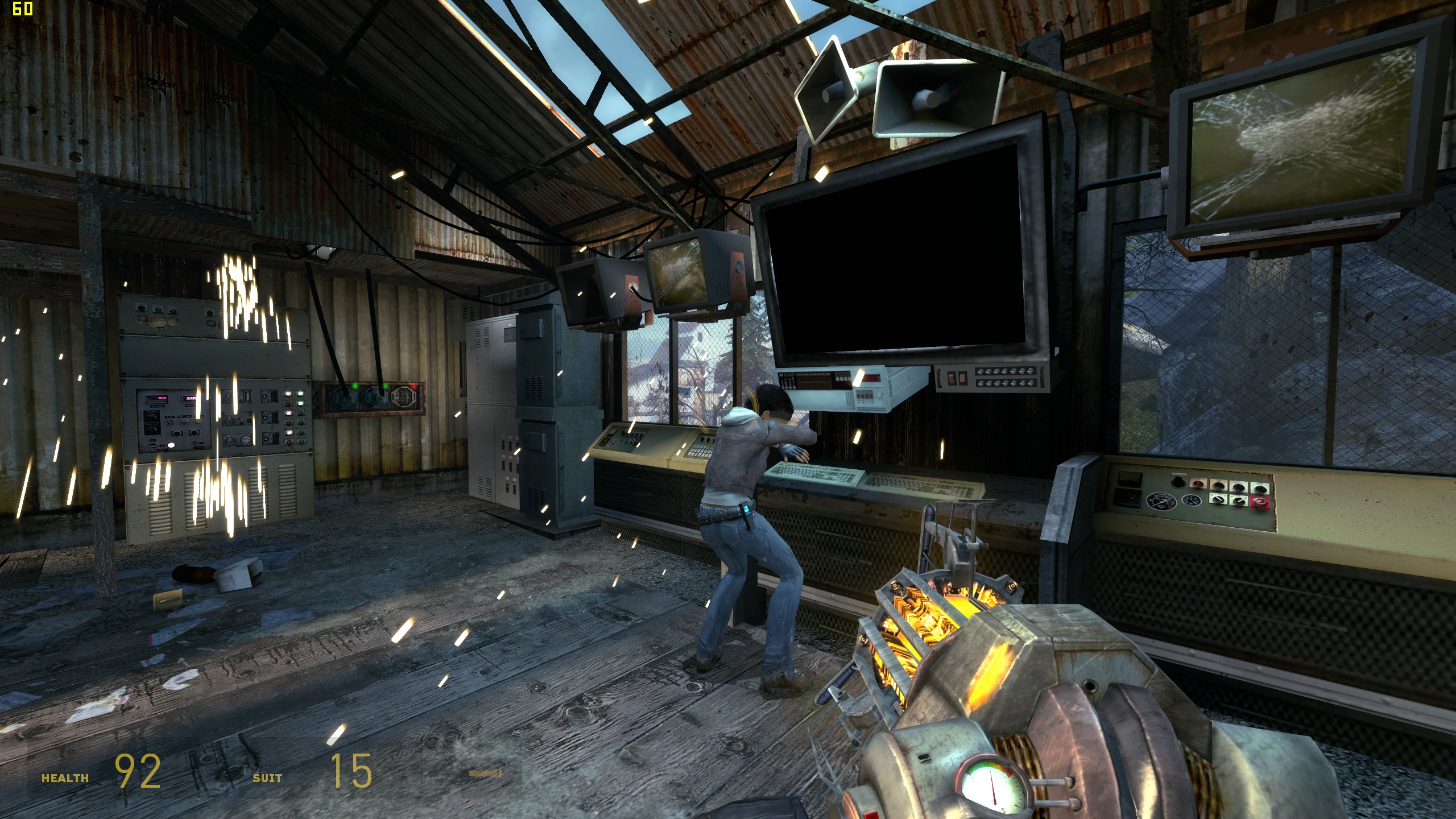Lets move on before this post falls apart completely, brace yourselves again, it's even longer than the last.
The Last Trophy stuff is getting pretty intense, pressure is on from our Kingpin to commence the administration of renderine into the the first scenes so everyone's been hard at work rushing to get a scene ready for final render, unfortunately we couldn't quite catch the Friday that'd been chosen to hit render but we did anyway for the sake of testing. I've been trying to learn two new and illusive techniques which could be very helpful in a rendering pipline but which, so far, have both got the better of me, perhaps I'm not the light after all?
 |
| Blimp Before Blur |
 |
| Too Many Nodes For A Simple Blur |
This is where the second technique comes in and would be the perfect solution if I could get it to work. Contribution maps are what you wish render layers were, you can select parts of a scene and assign them to their own contribution map, here they are rendered to a separate image with their own passes and yet they still have the shadows, indirect lighting and reflections from the entire scene, this is perfect for isolating elements that will need their own alpha channel for motion blur without losing the coherence of a scene's lighting setup. Unfortunately Maya hasn't performed for me as it did in the tutorial I watched thus far but I still have hope, probably just because this would be so bloody useful and I don't want to admit they aren't working.
I also did a bit of modelling and found the use of non-linear deformers most useful when it comes to making bent looking things, top tip courtesy of Alan.
Post production continues to taunt me and Hugh with bad weather for shooting, shoddy tracking and a host of complications that only help to reinforce the fact that we may have over reached ourselves again, but its way I learn best so I refuse to see the error of my ways. Here are some test, failures and a small amount of success. Just not in the right places.
I have been working to put a showreel together as I'm starting to get frustrated by seeing opportunities for internships, placements, jobs come and go without me having anything to apply with and show people. So the last few days have been a narcissistic retrospective of the last years high moments, and turntables, lots of turntables. Hopefully I'll have something to show by the time I'm next writing here.
I feel I should make a name for this section of the blog where I share stuff that has interested me, made me think/feel enough for me to want to share it. I'll have to come up with something...
Pixel Propaganda
Who doesn't love alliteration? This first article is an interview with the game director for Batman: Arkham City, and he says some incredibly reassuring things about the game in terms of its commitment to single player, and the bravery of making choices to better the game, instead of bending to the requests of the audience, sounds like a proper artist to me.
At a loss of things to play in between the mammoth release schedule for games this year I first checked out the Killzone 3 demo. I can tell you its as loud and obnoxious as the 2nd game but prettier and "more varied" in that you shoot people with red glowing eyes in a number of different locations. Then I turned to God of War III, as I hadn't touched it since I completed it nearly a year ago, the intro to that game is so ridiculously massive, in every sense, that it's similarly loud and obnoxious brand of storytelling and gameplay felt very abrasive very quickly.
More recently I checked out the Undergarden demo, which massively contrasted in terms of atmosphere to both the aforementioned games. But it still wasn't what I was looking for, the 2.5D aesthetic and controls where reminiscent the fantastic flOw, and the sound design soothed and delighted, but it was too far down the other end of scale. This lead me to thinking on genre within games, and how little contrast there is to be found within one game, its either a full on first person shooter overdosed on adrenalin, or a chill out game where your heart rate never rises above the speed of a sedated funeral march. I want contrast in my moment to moment gameplay, contrast breeds drama. I've learned to cherish the quiet moments in Vanquish when the techno music fades out, the explosions cease, and there isn't a grizzled stereotype whining in my ear about how he needs a bigger gun. They are so rare that the contrast is quite a relief, and then its back to business as usual. Such a shiny, Japanese, well designed piece shitty entertainment. I love it.
One of my favourite writers when it comes to game critique is Tom Bissell, author of Extra Lives.
Here he has a showdown with a fellow critic who holds some opposing views. He attempts to classify their two different perspectives as that of a narratologist, and a ludologist. One holds the view that game's potential lies in their ability to craft interactive stories, and the other that game's potential lies in the procedural manner in which a games engine creates unique experiences by design through its systems and mechanics. Both valid and interesting aspects, though I find myself falling in line with the former.
If you saw Black Swan then you'll know that the understated effects were vital to the films themes of mental instability, here is how they were done.
One a totally irrelevant note, everyone should watch the Zeitgeist films, this is the 3rd and most recent. I have struggled with the opening to this one as it shifts its focus from conspiracy and capitalism to genetics, but its essential stuff none the less.
Zeitgeist: Moving Forward













